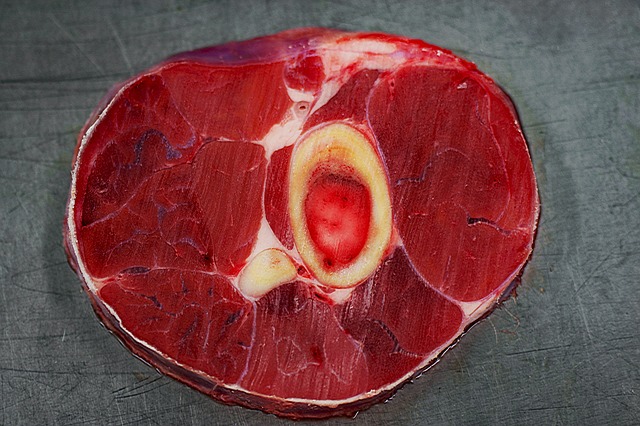PacBio sequencing improves some transplant outcomes
/HLA typing with PacBio Shown to Improve Transplant Outcomes
By Bio-IT World Staff
April 5, 2019 | Scientists at the Anthony Nolan Research Institute in the UK have demonstrated that ultra-high-resolution HLA typing performed with PacBio sequencing identified stronger matches associated with improved survival rates among patients who received hematopoietic stem cell transplants. The retrospective study was published this week in the Journal of Biology of Blood and Marrow Transplantation.
HLA typing involves analysis of the genes found in the human leukocyte antigen region of the human genome. For stem cell transplants, HLA typing is used to find the best donor/recipient match for the strongest chance of a positive outcome for transplant patients. The HLA genes are highly polymorphic and complex, making them very difficult to resolve fully with conventional technologies. They are also known to be important in immune-related diseases and drug hypersensitivity.
The Anthony Nolan Research Institute, which is funded by Anthony Nolan, a registered UK charity that maintains the world's oldest stem cell registry, has implemented Single Molecule, Real-Time (SMRT) Sequencing from PacBio to fully phase and characterize HLA genes with high accuracy. In this retrospective study, the scientists aimed to determine whether high-resolution HLA typing enabled by SMRT Sequencing would have made a difference for previously matched donors and recipients.







